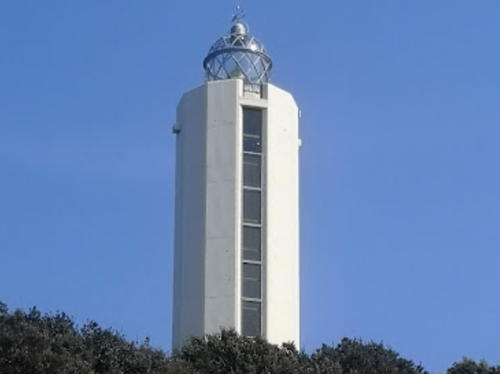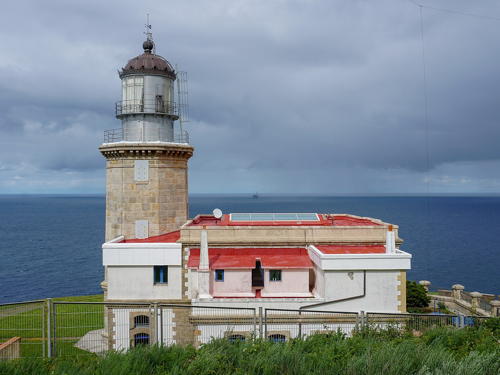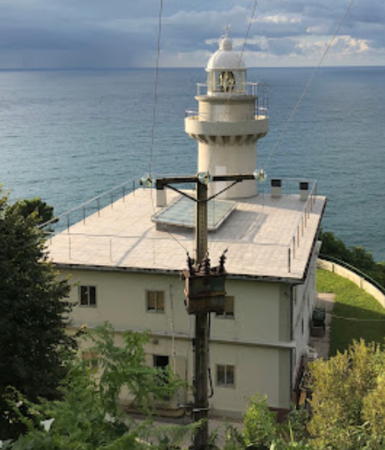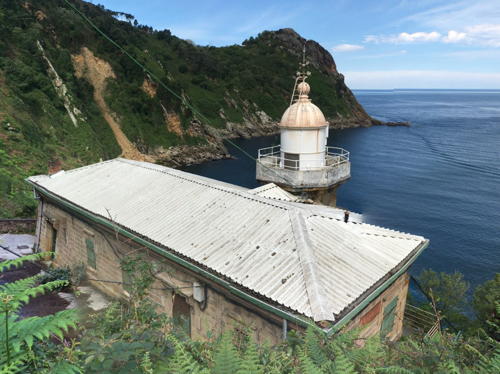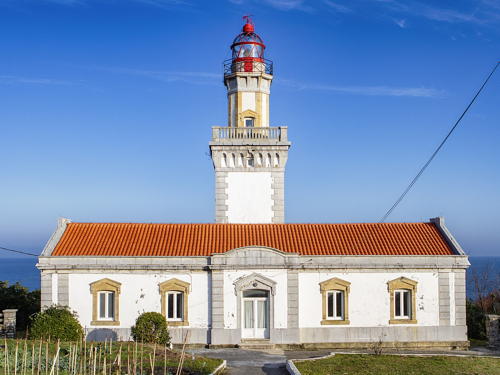The Kingdom of Spain occupies nearly 85% of the Iberian Peninsula in southeastern Europe with coastlines facing south and southeast on the Mediterranean Sea and southwest and northwest on the Atlantic Ocean. Spain also includes the Balearic Islands in the Mediterranean, the Canary Islands in the Atlantic, and the cities of Ceuta and Melilla on the north coast of Morocco.
This page lists lighthouses of Euskadi, Spain's Basque Country (Euskadi in Basque, País Vasco in Spanish) including the provinces of Bizkaia (Vizcaya) and Gipuzkoa (Guipúzcoa). This area is at the eastern end of Spain's northern coast, adjoining the French border. It is a beautiful coastline where mountains drop steeply into the sea and occasional water gaps create small sheltered harbors. Bilbao is the largest port in the region.
Spain is divided into 17 regions called autonomous communities (comunidades autónomas); the Basque Country is one of these communities. The Basque provinces are divided into districts called eskualdeak in Basque or comarcas in Spanish.
Web sites based in this area are often in the Basque language Euskara rather than in Spanish (or in addition to Spanish). The Basque word for a lighthouse is itsasargia; uhartea is an island and portua is a port or harbor. The Spanish word is faro, but its use is generally restricted to the larger coastal light stations. Smaller lighthouses are called balizas (beacons). In Spanish isla is an island, cabo is a cape, punta is a promontory or point of land, péñon is a rock, arrecife is a reef, bahía is a bay, ría is an estuary or inlet, estrecho is a strait, río is a river, and puerto is a port or harbor.
The navigational lights in Spain are the responsibility of the national port authority, Puertos del Estado, but many of them are operated and maintained by regional port authorities, located at Bilbao in Vizcaya and at Pasajes in Guipúzcoa. The Comisión de Faros, founded in 1842 to build and maintain Spanish lighthouses, is now an advisory panel.
ARLHS numbers are from the ARLHS World List of Lights. ES numbers are from the Spanish national list of lights, Libro de Faros. Admiralty numbers are from volume D of the Admiralty List of Lights & Fog Signals. U.S. NGA List numbers are from Publication 113.
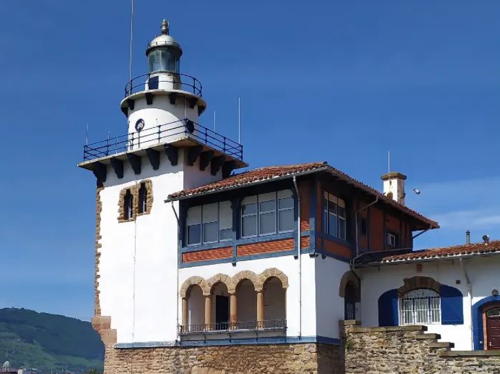
Arriluze Light, Getxo, May 2023
Instagram photo by Lucjan Leon Lucyfer
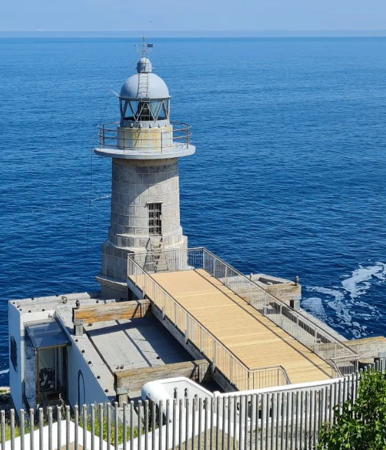
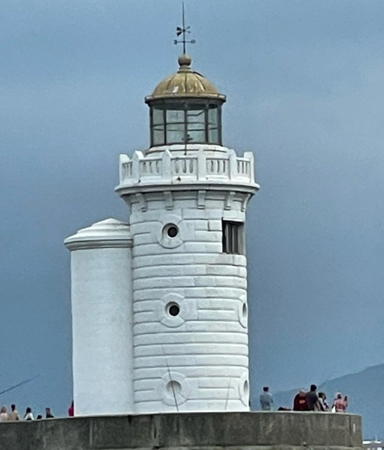 Contradique de Algorta Light, Getxo, July 2023
Contradique de Algorta Light, Getxo, July 2023